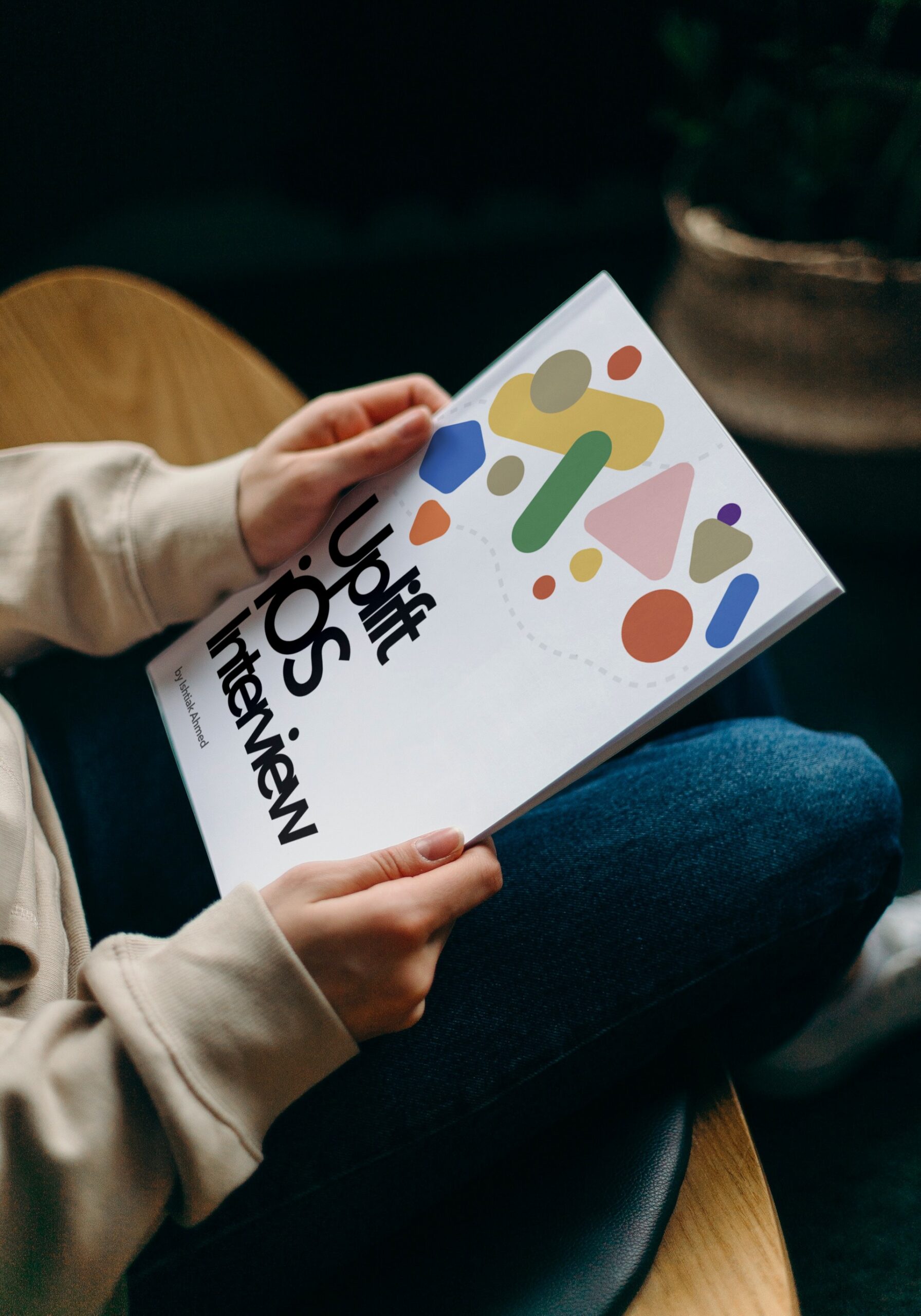Uplift iOS Interview
The Guide is for YOU if
- You are preparing for an iOS interview and want to improve your skills and knowledge and looking to level up your interview game and land your dream job.
- You want to gain confidence and ease during iOS interviews by learning expert tips and curated strategies.
- You want access to a comprehensive list of iOS interview QA to practice and prepare.
SwiftUI is a modern, declarative framework for building user interfaces on Apple platforms. One of the key features it provides is the use of property wrappers, which are a way to add functionality to properties in your SwiftUI views.
Property wrappers are defined using the @ symbol, followed by the name of the property wrapper. Here is a list of all the property wrappers available in SwiftUI:
@State: This property wrapper allows you to store and modify a value within a view. When the value changes, the view will automatically update to reflect the new value.@Binding: This property wrapper allows you to create a two-way binding between a value and a view. When the value changes, the view will automatically update to reflect the new value. When the view changes, the value will also be updated.@ObservedObject: This property wrapper allows you to store and observe an object that conforms to theObservableObjectprotocol. When the object changes, the view will automatically update to reflect the new values.@Environment: This property wrapper allows you to access global environment values, such as the current device, color scheme, and more.@EnvironmentObject: This property wrapper allows you to store and observe an object that conforms to theObservableObjectprotocol and is available globally throughout your app.@FetchRequest: This property wrapper allows you to execute a fetch request on a Core Data managed object context and store the results in a property.@ScaledMetric: This property wrapper allows you to access scaled metric values, such as font sizes and spacings, that are automatically adjusted based on the user’s preferred content size.@GestureState: This property wrapper allows you to store the state of a gesture, such as a drag or a long press, within a view.@Published: This property wrapper allows you to automatically publish a value when it changes, making it easy to observe and react to changes in your view’s data.@AppStorage: This property wrapper allows you to store and retrieve values in the user’s app storage, such as preferences or settings.@SceneStorage: This property wrapper allows you to store and retrieve values in the user’s scene storage, which persists between app launches and is specific to a particular scene.
✍️ Written by Ishtiak Ahmed
👉 Follow me on X ● LinkedIn
Get Ready to Shine: Mastering the iOS Interview
Enjoying the articles? Get the inside scoop by subscribing to my newsletter.
Get access to exclusive iOS development tips, tricks, and insights when you subscribe to my newsletter. You'll also receive links to new articles, app development ideas, and an interview preparation mini book.
